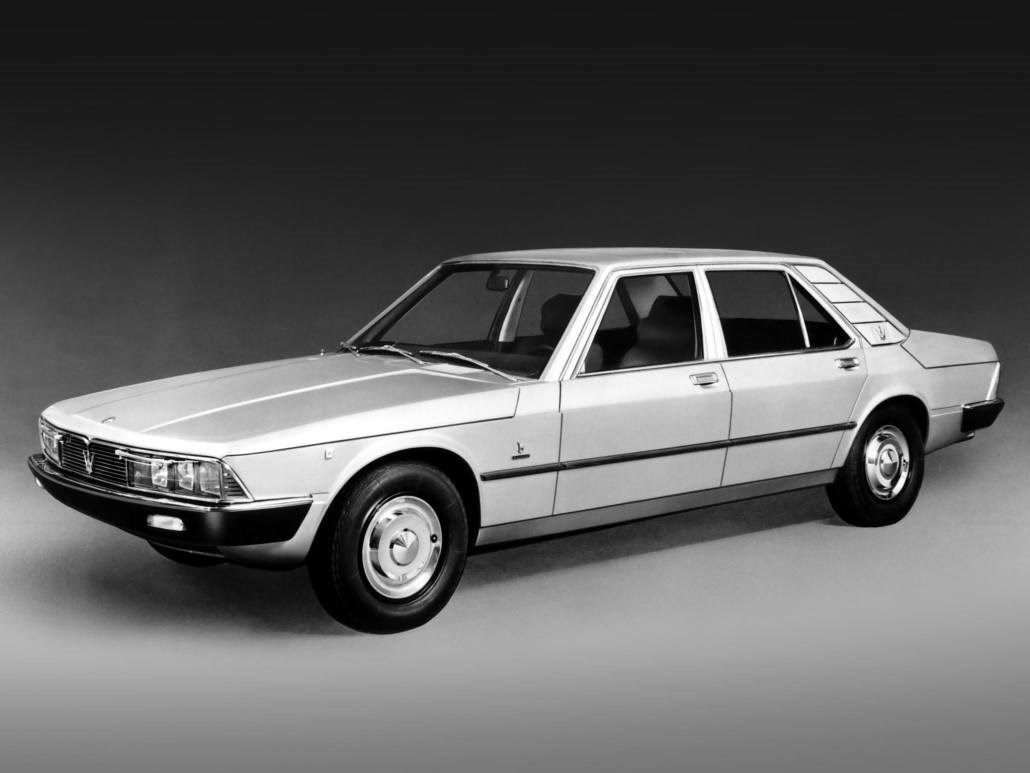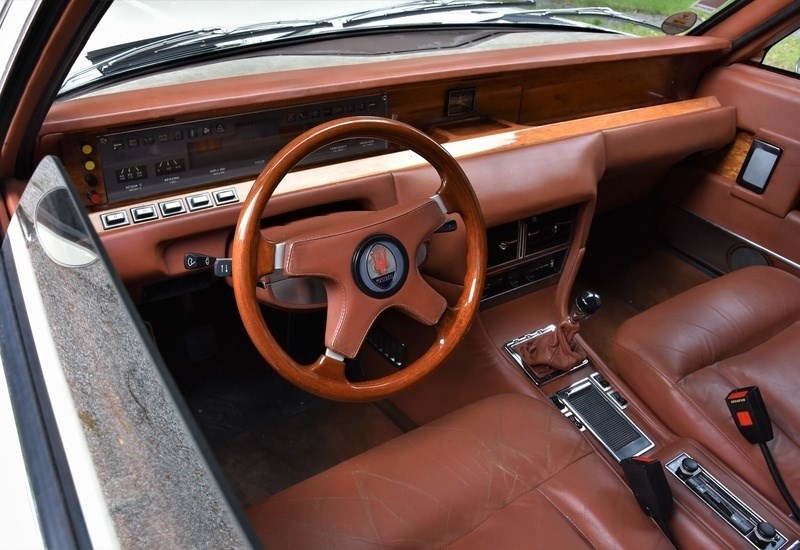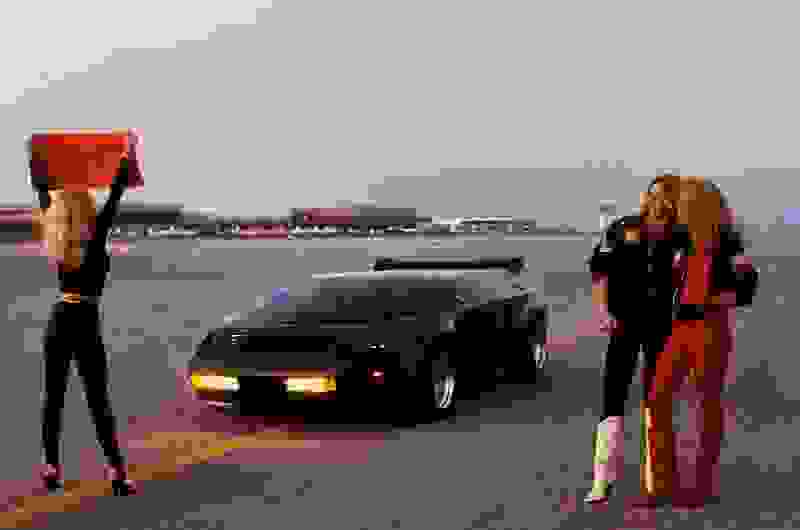
In the Maserati Quattroporte saga, the second saloon of the same name didn't make much of an impression, and for good reason, since it wasn't really a product designed by the brand.
In 1968, Citroën decided to buy Maserati, which was in dire financial straits, from the Orsi family who owned it. The French manufacturer's main aim was to buy a noble engine for the luxury coupé it wanted to launch, a car that would become the SM. At the same time, the firm with the chevrons was trying to relaunch Maserati with models such as the Khamsin, Merak and Bora, which were distinguished by their hydraulic braking system, dear to Citroën. It was also time for the firm with the Trident to follow in the footsteps of the Quattroporte (1963-1969), which was once the fastest saloon in the world. A prototype designed by Frua and developed during the Orsi era had seen the light of day, but was never followed up when the company changed hands. Citroën wanted to make economies of scale and use the SM platform for the second version of the Quattroporte.

Bad circumstances
The newcomer therefore inherits the Citroën's famous hydraulic suspension, 3-litre V6 and front-wheel drive. The problem is that this engine offers modest power compared to the V8 of the Quattroporte I, which developed between 260 and 290 bhp. With 190 bhp, which was already 20 more than the SM, the new Quattroporte was a pale shadow. Presented at the 1974 Paris Motor Show, the saloon owes its design to Marcello Gandini, who worked for Bertone. He deliberately created a break with the past by designing a car with a very restrained and unharmonious look. The context was not good at all, as the 1973 oil crisis had hit Citroën hard, and sales of the SM were in freefall. Two years later, Citroën went bankrupt and was finally bought by Peugeot. The marque was quick to sell to Alejandro De Tomaso, who set about cleaning up the range. Unsurprisingly, the Quattroporte was the first to pay the price, even though it officially remained in the catalogue until 1978, when the third generation of the saloon arrived, a much more classic car.

Good Citroën, bad Maserati
Too French to be a true Maserati, the Quattroporte II's avant-garde approach did not appeal to a rather conservative clientele. Its low power output didn't help either, and the engine was re-bored to 3.2 litres in 1975 to develop 200 bhp. It also seems that at least one car was fitted with a 210 or 220 bhp engine, combined with an automatic gearbox. In the end, only 13 Quattroporte IIs were built, including one prototype. Six cars were sold in Spain, and the rest in the Middle East. It would appear that seven of them are still in existence today.

















